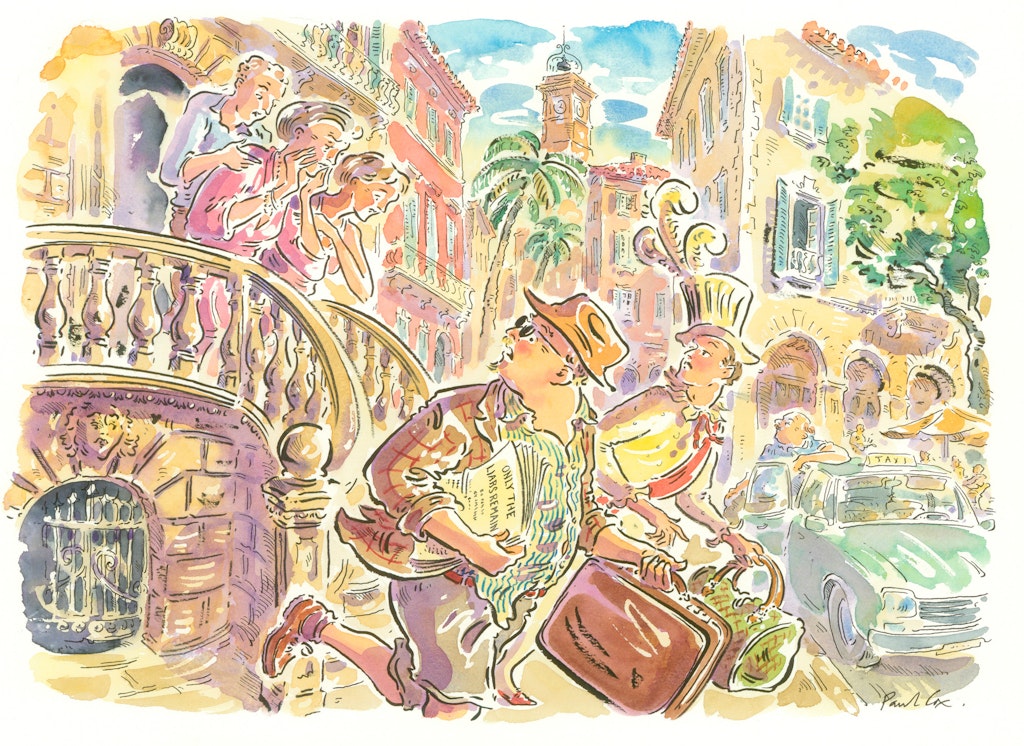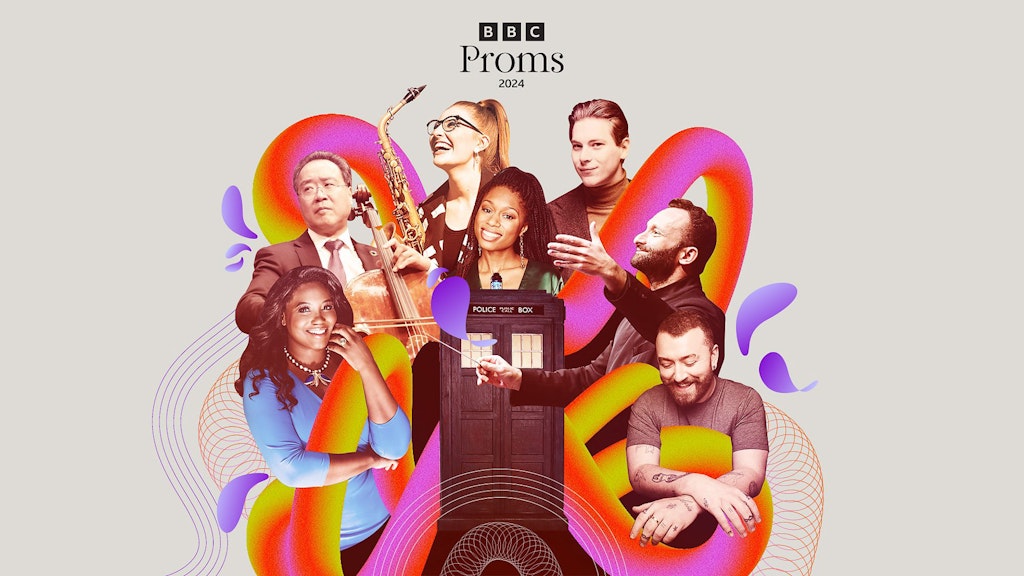The strange death of conservatism
There will be no USSR riding to the rescue
Conservatism died in the 1990s — but most conservatives were too preoccupied to realise they were worshipping a corpse. The demise of conservatism as a set of philosophical beliefs allied to political parties, the Republicans in the USA and the Conservatives in the UK, explains why both have been so quickly consumed by Donald Trump and Boris Johnson. These two politicians were not the destroyers of conservatism; they were the great political entrepreneurs who realized that conservatism was already dead and both parties were something else entirely. The transformation, indeed, has been so breathtaking that we should stop using the word “conservative” to describe the Republicans and Conservatives.
You can see just how fragile conservatism was
Forty years ago there was something living and breathing that could be described as Anglo-American, Cold War conservatism. This movement, which reached a crescendo during its Reagan-Thatcher phase in the 1980s, was a remarkably short term phenomenon which saw the knitting together of vastly different, in many ways competing, strands of ideology and political activity. Its four strands came together to confront one enemy — the Soviet Union. Once that enemy was gone, Anglo-American conservatism died with it.
The four main strands of Cold War conservatism were Burkeian traditionalism, free-market capitalism, internationalist interventionism and nativist populism. When you look at conservatism like this, you can see just how fragile it was. Burkeian conservatives emerged from 18th and 19th century traditions that distrusted radicalism, and preached a centralist and state interventionist set of policies to forestall change. It was partly antithetical to the free-market. In both countries in the late 19th and early 20th century, the Republicans and Conservatives were more likely to support state intervention in the economy than the opposition Democrats and Liberals. They both had large constituencies supporting high tariffs to protect domestic industries, and both came up with different ways to subsidize agriculture (homesteading in the USA might have been the largest government plan to support farmers in history). They also argued for a stronger central state supporting voting rights in the USA and state churches in the UK.
The fusing of this more interventionist ideology with the free-market, Austrian/Ayn Rand school of capitalism, which looked at the world very differently, was only brought about when the Soviet Union appeared to present a challenge to the whole system of Anglo-American economies. Yet even during the Cold War, the relationship between rugged individualism and one-nation Conservatism (or Liberal Republicanism) remained in flux — as the Nixon and early Thatcher years showed.
If these two strands worked uneasily together, the last two were more obviously in opposition. The liberal, muscular interventionists came straight out of the cosmopolitan, urban, university milieus of both societies. The Neoconservatives (or Kissingerites in the USA, for instance) were not natural conservatives; they were internationalists who wanted a muscular response to communism and who ended up siding with conservatism as it held out the prospect for that. They certainly had nothing in common with the final strand — nativist populists.
The contradictions could only hold for a few years
Nativist populists, who might prefer to call themselves patriots, were often the key group as they supplied a good deal of the votes. Nor did they tend to side overwhelmingly with one party (indeed, in the USA these voters tended to be Democrats until recently). This strand included small town evangelicals in the US, particularly in the South and Midwest, and working class nationalists on the right of the Labour Party. Bringing them onboard in the 1980s is what turned Anglo-American conservatism from a minority movement (which it was, up until the 1970s) into the temporary majority. A combination of Reagan bringing southern whites, and Thatcher bringing the equivalent of “Basildon man” into the fold, suddenly made large majorities possible.
And then the USSR went up and died. The four strands were left loveless and enemyless — held together only by the prospect of trying to win elections. The contradictions could only hold for a few years, however, before they started to eat each other. The group that ended up eating the other three was the nationalist populists — the least conservative of the four.
This happened most obviously in the USA with the takeover of the Republicans by rural, southern and midwestern white voters, a huge number of which were evangelical Christians. We can even pinpoint a moment where the shift became unstoppable. In 1999, during one of the Republican Party presidential debates before the Iowa Caucus, candidate George Bush was asked to name his favorite political philosopher — and he rather remarkably selected, and might even have believed, that it was Jesus Christ.
From then on the Republican Party, far from being recognizably conservative, has metamorphosed into a nationalist, populist, evangelical (and now anti-science) political movement with a fondness for conspiracy theory and no attachment to the norms and institutions of American history. Far from being traditional Republican, the Party today most clearly resembles the Democratic Party of William Jennings Bryan in 1900. Bryan, a mostly left-wing, evangelical Christian who was radical for his time, built his movement exactly in the states that now support Donald Trump. If you look at the election of 2020 and compare it to 1900 when Bryan ran against William McKinley, the parties have simply switched core votes (see below).


The death of conservatism in the UK took a little longer, but is just as final. Lacking the large evangelical bloc that made the Republican change so extreme and swift, the conservative party was left trying to hold together its one-nation wing with a growing populist anti-European movement. In the end, only one group could consistently supply a bloc of committed voters — the populist anti Europeans. UKIP and the Brexit Party showed the power of this bloc, and Boris Johnson was canny enough to understand where the power in the party was going.
Those who voted to impeach President Trump are being purged by the Republican Party
What is striking is how many of these voters were not traditionally Conservative, but working class, nationalist Labour party supporters in the past. These voters sometimes are referred to as the Northern wall, but they stretch throughout England, from Essex to Sunderland. It is remarkable when you think that in 2019, the Conservatives did considerably better as social groups became poorer and less educated (see below). It’s not a surprise that this has gone hand in hand with a purge of one-nation, Brexit-sceptical Conservatives in the Party. The party today is as much a fusion of UKIP/Brexit Party voters with working class, Labour voters from the past, with a dwindling number of older, internationalist voters from the South and Midlands.

Politically we now have the Republicans and Conservatives rejecting many of the core ideological assumptions of the Cold War eras. There have been hopes, after the storming of the Capitol in January 2020 or the obvious incompetence of how Brexit has been handled in the UK, that the old elements of each party might reassert themselves. As it turns out, the opposite has happened. Those who voted to impeach President Trump are being purged by the Republican Party as ruthlessly as anti-Brexiteers have been from Johnson’s Conservatives.
The true death of conservatism can be seen in the attempt of some to find a new enemy to recreate the political coalition of 1980s UK and US — or the war on woke, as it could be termed. This rather pathetic attempt to demonize academics, students and city dwellers has huge appeal to the nativist populists that dominate the right wing parties, but it actively repels many Burkeians and internationalists. They, indeed, see the greatest challenges facing the US and UK as China and Russia — both of whom themselves are anti-woke, a position Vladimir Putin was happy to adopt publicly the other day. This is no accident — as the nationalist populists actually appreciate the Russian model in many ways. Leader veneration is a key part of the Republican and Conservative parties today.
Though they will continue to search long and hard, there will be no USSR riding to the rescue of Cold War conservatism. Can we please have its funeral, stop using the word and try and see what is coming next — as what came before is no more.
Enjoying The Critic online? It's even better in print
Try five issues of Britain’s most civilised magazine for £10
Subscribe














